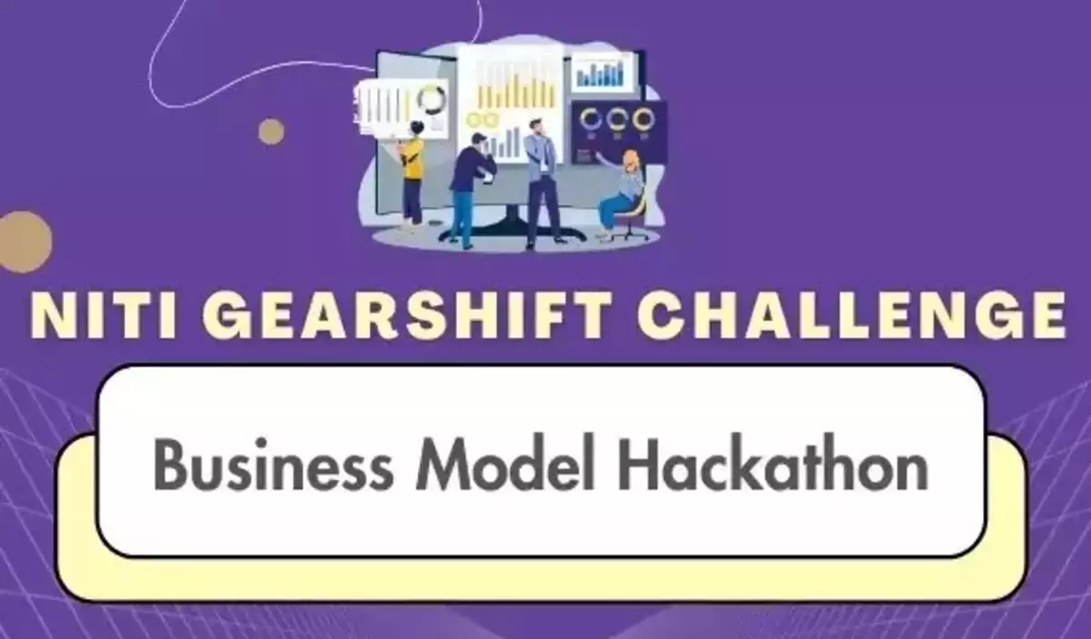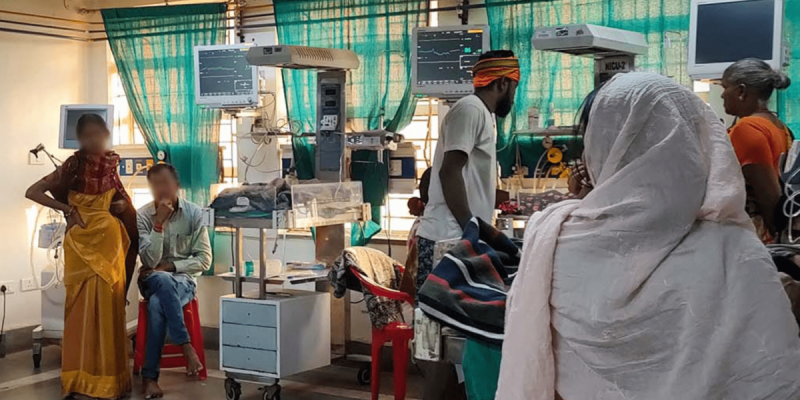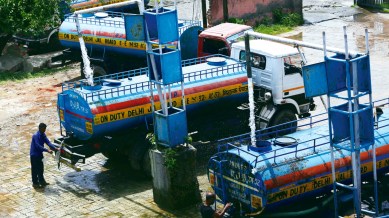- Courses
- GS Full Course 1 Year
- GS Full Course 2 Year
- GS Full Course 3 Year
- GS Full Course Till Selection
- MEP (Mains Enrichment Programme) Data, Facts
- Essay Target – 150+ Marks
- Online Program
- GS Recorded Course
- NCERT- First Ladder
- Polity
- Geography
- Economy
- Ancient, Medieval and Art & Culture AMAC
- Modern India, Post Independence & World History
- Environment
- Governance
- Science & Technology
- International Relations and Internal Security
- Disaster Management
- Ethics
- Current Affairs
- Indian Society and Social Issue
- CSAT
- 5 LAYERED ARJUNA Mentorship
- Public Administration Optional
- ABOUT US
- OUR TOPPERS
- TEST SERIES
- FREE STUDY MATERIAL
- VIDEOS
- CONTACT US
NITI GearShift Challenge: Accelerate Zero-Emission Truck Adoption
NITI GearShift Challenge: Accelerate Zero-Emission Truck Adoption

NITI Aayog has launched the GearShift Challenge to accelerate the adoption of zero-emission trucks in India.
Context:
India's freight sector is vital to the economy, but it also contributes significantly to diesel consumption and CO2 emissions. There is an urgent need to transition to more sustainable solutions.
What is the GearShift Challenge?
The GearShift Challenge is a hackathon that aims to foster innovative business models for the adoption of zero-emission trucks (ZETs) in India. It is part of the e-FAST India initiative and is being organized in collaboration with IIM Bangalore, Smart Freight Centre India, CALSTART/Drive to Zero, and WRI India.
What is the objective of the challenge?
The objective of the challenge is to develop innovative business models that address financial, technical, and operational challenges in the adoption of electric trucks.
How will the challenge work?
- The challenge will consist of two rounds.
-
- In Round 1, teams will submit their initial business models addressing a specific barrier.
- In Round 2, shortlisted teams will present detailed business models with an implementation roadmap.
- The proposals will be mentored by industry leaders to ensure practical and impactful solutions.
What is the significance of the challenge?
The GearShift Challenge marks a pivotal move towards sustainable freight transportation in India. It aims to generate practical solutions that will accelerate the adoption of zero-emission trucks, thereby benefiting both the economy and the environment.
About e-FAST India Initiative
e-FAST India is an initiative that aims to decarbonize road-based freight transportation in India to realize its 2070 net zero commitments. It was launched in September 2022 and facilitates active collaborations at both the national and international levels to support the transition towards cleaner and greener freight transportation.
Key Facts
- India's freight sector accounts for 55% of the country's annual diesel consumption and nearly 40% of CO2 emissions from road transport.
- Electric trucks offer a transformative opportunity to reduce emissions, improve air quality, and enhance energy security.
- The challenge has garnered participation from e-FAST India knowledge partners, financial institutions, and industry forums.
- The hackathon invites students, transport service practitioners, academics, and researchers to participate and develop innovative business models.
- e-FAST India is supported by the collaborative efforts of 12 knowledge partners.
About NITI Aayog
Background
Planning has been an essential part of India's development strategy since the country's independence. The Planning Commission, established in 1950, played a crucial role in shaping India's economic growth for nearly six decades. However, with the changing economic landscape, the need for a new institution arose. NITI Aayog was established on January 1, 2015, to replace the Planning Commission, with a focus on a "bottom-up" approach to governance.
Composition
- Chairperson: Prime Minister
- Vice-Chairperson: Appointed by the Prime Minister
- Governing Council: Chief Ministers of all states and Lt. Governors of Union Territories
- Regional Council: To address specific regional issues, comprising Chief Ministers and Lt. Governors, chaired by the Prime Minister or his nominee
- Adhoc Membership: 2 members in ex-officio capacity from leading research institutions on a rotational basis
- Ex-Officio membership: Maximum four from the Union Council of Ministers, nominated by the Prime Minister
- Chief Executive Officer: Appointed by the Prime Minister for a fixed tenure, in the rank of Secretary to the Government of India
- Special Invitees: Experts and specialists with domain knowledge, nominated by the Prime Minister
NITI Aayog Hubs
- Team India Hub: Acts as an interface between states and the Centre
- Knowledge and Innovation Hub: Builds the think-tank acumen of NITI Aayog
Importance of NITI Aayog
- The 65-year-old Planning Commission had become redundant and was not suitable for a diversified economy like India.
- NITI Aayog was established to foster cooperative federalism and promote economic growth through a bottom-up approach.
Key Objectives
- To foster cooperative federalism through structured support initiatives and mechanisms with states on a continuous basis
- To develop mechanisms to formulate credible plans at the village level and aggregate them progressively at higher levels of government
- To ensure that the interests of national security are incorporated in economic strategy and policy
- To pay special attention to the sections of society that may be at risk of not benefiting adequately from economic progress
- To provide advice and encourage partnerships between key stakeholders and national and international like-minded think tanks, as well as educational and policy research institutions
- To create a knowledge, innovation, and entrepreneurial support system through a collaborative community of national and international experts, practitioners, and other partners
- To offer a platform for resolution of inter-sectoral and inter-departmental issues in order to accelerate the implementation of the development agenda
- To maintain a state-of-the-art Resource Centre, be a repository of research on good governance and best practices in sustainable and equitable development, and help their dissemination to stakeholders
Must Check: Best IAS Coaching In Delhi
UPSC Prelims Result 2024 Out: Expected Cut Off & Other Details, UPSC Prelims 2024 Answer with Explanation, Daily Prelims Quiz, Daily Current Affairs, MONTHLY CURRENT AFFAIRS TOTAL (CAT) MAGAZINE, Best IAS Coaching Institute in Karol Bagh, Best IAS Coaching Institute in Delhi, Daily Mains Question Answer Practice, ENSURE IAS UPSC Toppers, UPSC Toppers Marksheet, Previous Year Interview Questions, UPSC Syllabus



